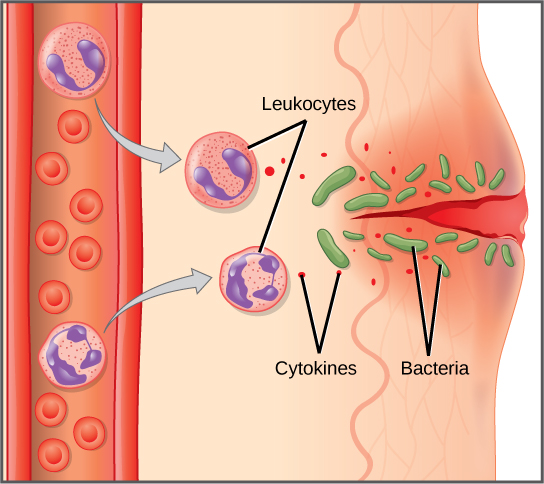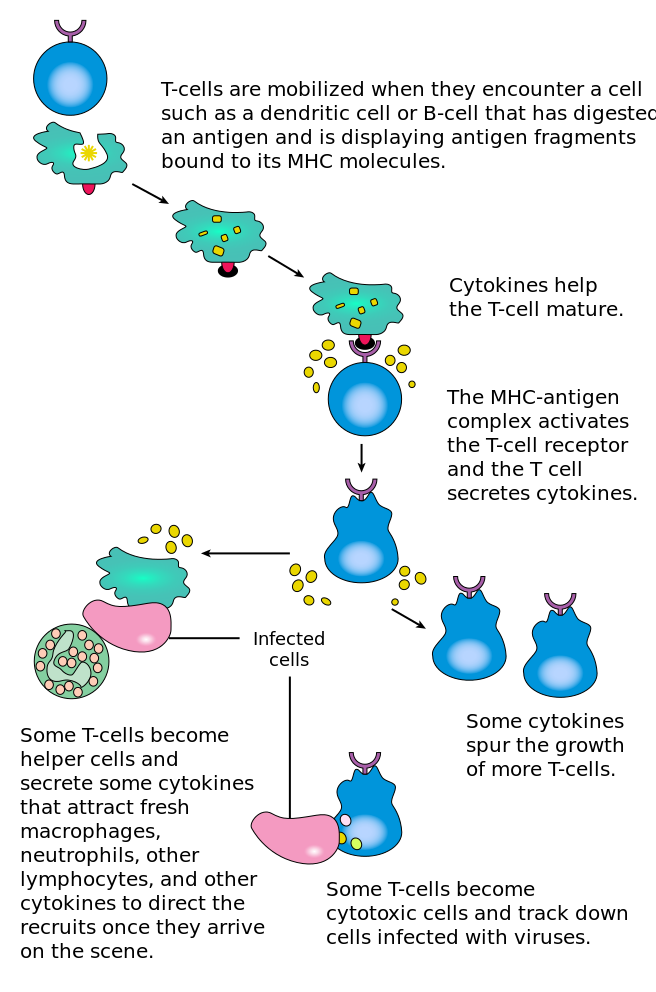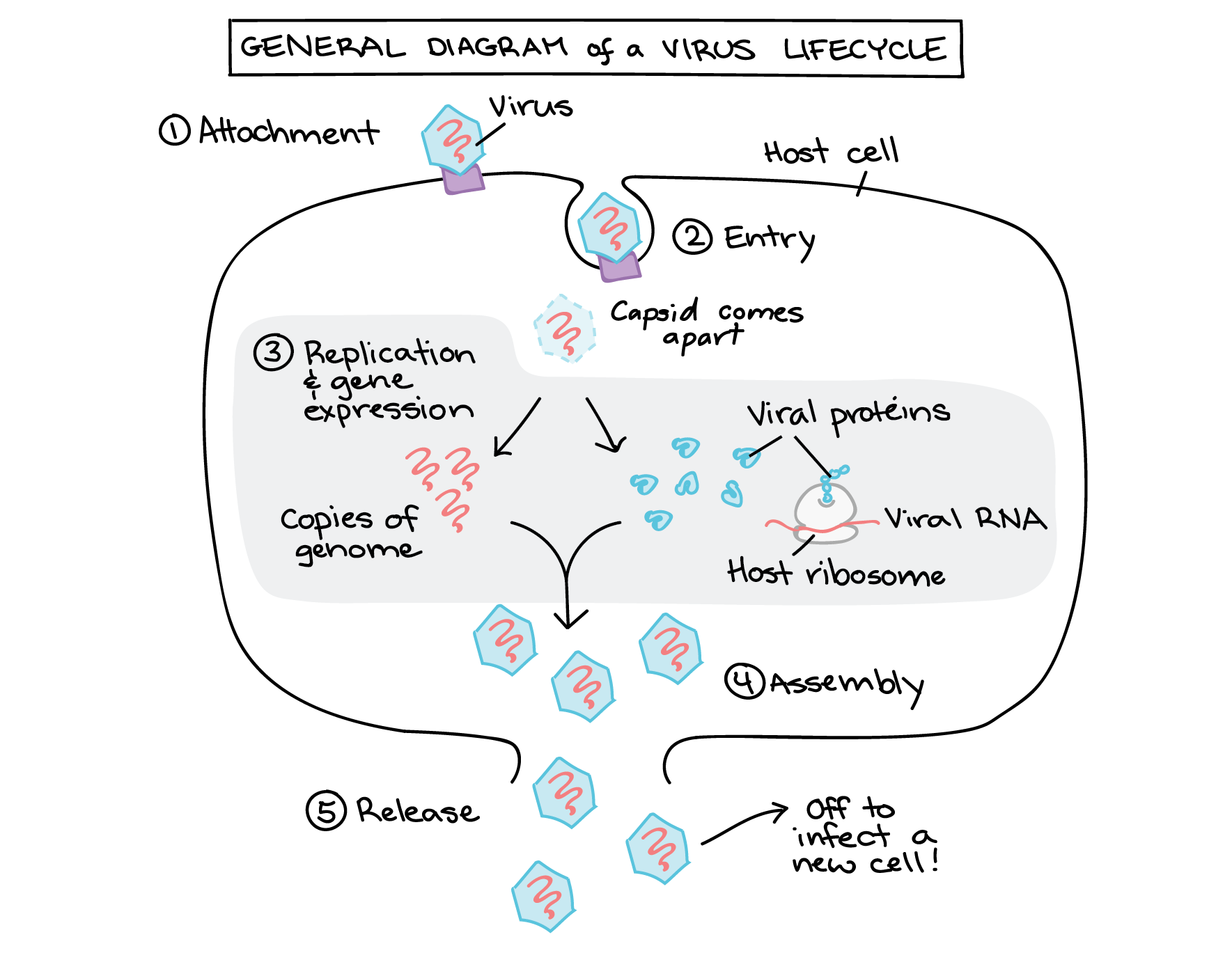This section of our site has a lot of general information about kidneys, what can go wrong with them, ways to look after your kidneys and information about a kidney health check.
The kidneys are two bean shaped organs found in the middle of your abdomen towards the back. (See below picture) They have the very important job of filtering waste and excess fluid out of your blood to make urine.
The parts of the kidney that filter the blood are called nephrons (from the Greek word nephros meaning kidney). There are about 1 million nephrons in each kidney working all day, every day like little filters “cleaning” your blood.
In addition to their “waste management” role, the kidneys also have the important job of controlling your blood pressure, helping red blood cell production, keeping your blood’s acid/base balance right and contributing to healthy bones.
What can go wrong with your kidneys?
Kidney disease is often referred to as a “silent disease”. Some people can lose 90% of kidney function before feeling sick. Kidney damage can either be short term (Acute Kidney Injury) or long term (Chronic Kidney Disease). Many illnesses can lead to this. A common cause of Acute Kidney Injury is dehydration. Common causes of Chronic Kidney Disease are diabetes, high blood pressure, and inflammation of the nephrons (glomerulonephritis). If the kidney function drops, waste products can build up in your body, high blood pressure is common, anaemia (not enough red blood cells) and bone problems occur.
How to look after your kidneys?
Maintain a healthy weight.
Exercise regularly.
Stop smoking, or don’t start smoking!
Limit alcohol consumption.
Drink water to avoid dehydration.
Get your blood pressure checked.
Ask your GP if you need a Kidney Health Check
If you have high blood pressure, diabetes, obesity, heart disease, have had a stroke, have a family history of kidney disease, are a smoker, are aged over 60 years, have had an episode of Acute Kidney Injury, or are Aboriginal or Torres Strait Islander, you are at greater risk of Chronic Kidney Disease. If this applies to you, see your GP and consider a Kidney Health Check.
What is a Kidney Health Check?
A Kidney Health Check combines three tests your GP can do to check (screen) for kidney disease. These include having your blood pressure checked, having a blood test measuring your Estimated Glomerular Filtration Rate, also called eGFR, and a urine test for your Albumin:Creatinine Ratio (see Tests and Procedures). Together, these three tests indicate how well your kidneys are working.







































